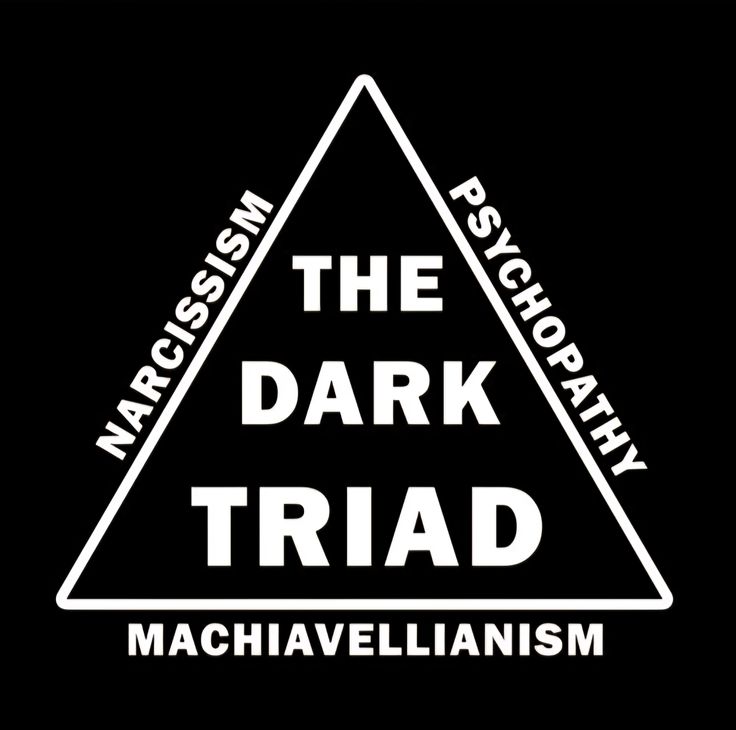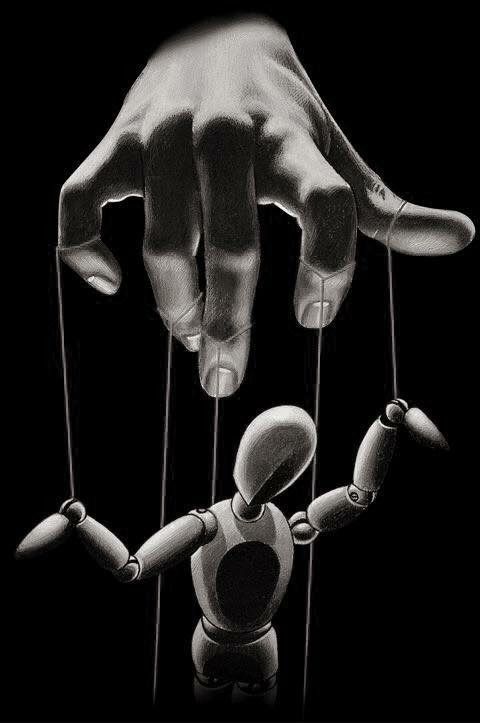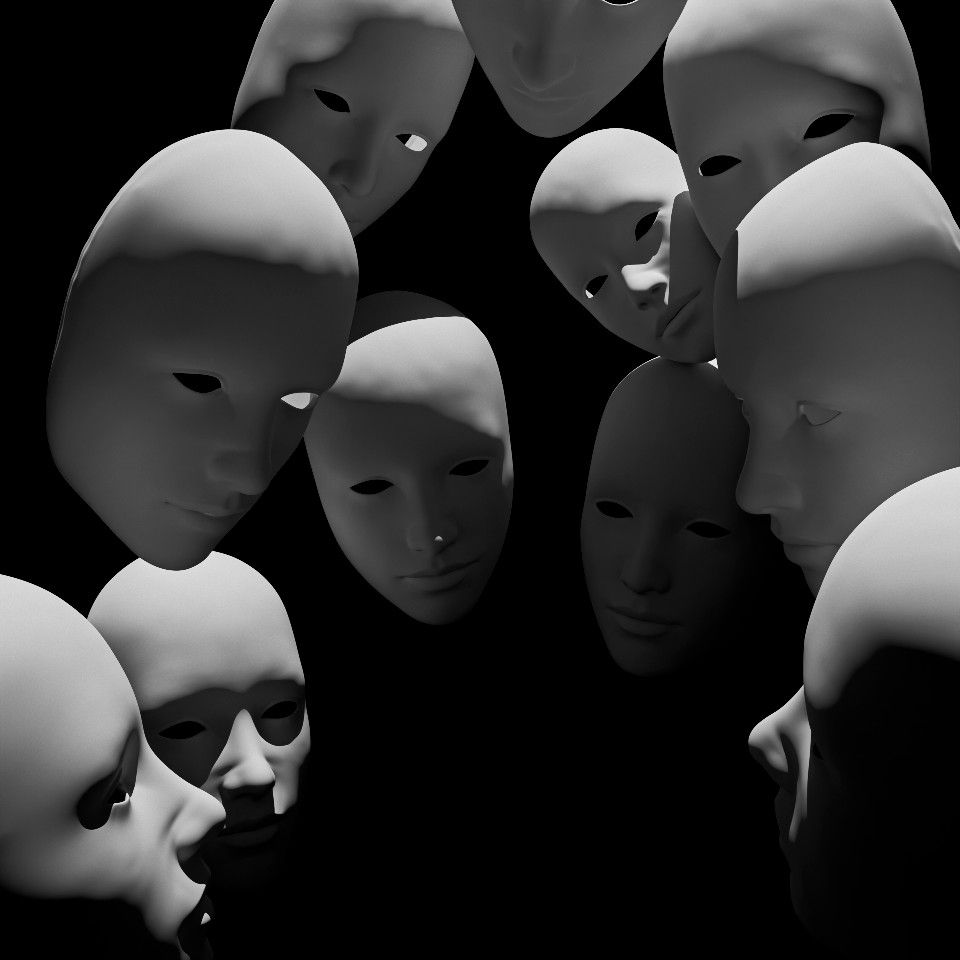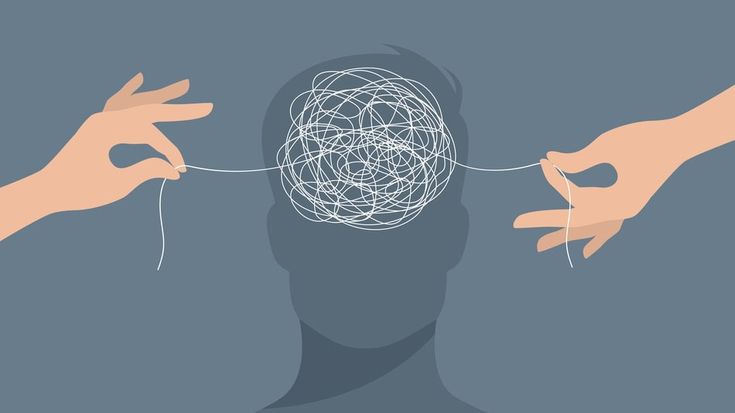The Dark Triad of Personality is a central concept in personality psychology that groups three subclinical personality traits—meaning they manifest in the general population and do not necessarily constitute a mental disorder—that possess malevolent qualities: Narcissism, Machiavellianism, and Psychopathy.
This construct was formally established by researchers Delroy L. Paulhus and Kevin M. Williams in a seminal 2002 study. Their research revealed that, while these traits are conceptually distinct, they share one fundamental characteristic: a marked tendency toward a malevolent interpersonal style, which manifests as self-promotion at the expense of others, emotional callousness, deceitfulness, and manipulation.
The Three Components of the Dark Triad
Though they overlap in several ways, each Dark Triad trait has a distinctive profile:
Subclinical Narcissism:
- Characteristics: Defined by grandiosity (an exaggerated sense of self-importance and superiority), a constant need for admiration, and a strong sense of entitlement.
- Interpersonal Behavior: Narcissistic individuals actively seek status and attention, and they associate with successful people to boost their own image. They are extremely sensitive to criticism, which they perceive as an attack on their inflated ego, and may react with aggression or disdain. Unlike the other two traits, narcissism is associated with higher extraversion in the Five-Factor Model (Big Five).
- Central Motivation: To maintain their grandiose self-image and receive the recognition they believe they deserve.
Machiavellianism:
- Characteristics: Characterized by cynicism, a tendency toward manipulation and interpersonal exploitation, and a view of social relationships as a power game. They have a lax moral compass, believing that “the ends justify the means.”
- Interpersonal Behavior: They are cold and calculating. Their strategies are more cunning and less impulsive than psychopathy; they carefully plan their moves to secure personal goals, such as professional success or financial gain, at the expense of others. They tend to exhibit low levels of Agreeableness and Conscientiousness.
- Central Motivation: Pragmatism and efficacy in achieving their goals, regardless of ethics.
Subclinical Psychopathy:
- Characteristics: Considered the most malevolent of the triad, it manifests as a profound lack of empathy and remorse, emotional callousness (coldness), impulsivity, and reckless sensation-seeking.
- Interpersonal Behavior: They display superficial charm and can be untrustworthy, deceptive, and immature in their relationships. Their impulsivity leads to a continuous violation of social norms and an inability to learn from experience. Compared to Machiavellianism, their actions are less calculated and more focused on immediate gratification or excitement.
- Central Motivation: The pursuit of strong thrills and self-benefit, without feeling guilt for the harm caused.

Overlap and Distinction
Paulhus and Williams demonstrated that, while there are significant correlations among the three (especially the consistent and strong negative correlation with the Big Five trait of Agreeableness), they are distinct constructs with different personality and behavioral correlates. For example:
- Narcissism is positively related to Extraversion.
- Psychopathy and Machiavellianism are more strongly related to impulsivity (Psychopathy) and long-term strategic planning (Machiavellianism).
It has been suggested that the three traits share a common core of malevolence, which more recent research has attempted to group into the so-called “Factor D” (for Dark Factor), representing the tendency to prioritize one’s own benefit over the well-being of others, with a justification of harmful behaviors.
Fine Distinctions and Mechanisms of Action
Though the three traits share the tendency toward interpersonal exploitation and a low score in Agreeableness (one of the Big Five), they differ crucially in their primary motive and behavioral style:
- Lying: Machiavellians are the most prone to strategic, intentional lying for a purpose. Psychopaths lie more carelessly and impulsively. Narcissists often have a high degree of self-deception, as their grandiosity prevents them from accepting a reality that contradicts their superior self-image.
- Emotional Coldness: Psychopathy exhibits the greatest emotional deficiency (affective callousness and a genuine lack of empathy), while the coldness in Machiavellianism is more an instrumental coldness for manipulation. The narcissist has limited empathy, focused almost exclusively on their own needs.
- Big Five Conclusion: The Dark Triad is essentially an index of antagonism, particularly low Agreeableness, but it differentiates in how narcissism benefits from extraversion and how psychopathy and Machiavellianism are characterized by a lack of conscientiousness or responsibility.
The Dark Triad in the Workplace Context
The study of dark traits has had a considerable impact on organizational psychology. Individuals with high Triad scores are often “selected” for leadership positions due to superficially attractive qualities:
- Narcissism: Positively associated with leadership emergence (being chosen as a leader) due to their charisma, confidence, and audacity. However, it is negatively associated with long-term leadership effectiveness, causing conflicts and poor ego-driven decisions.
- Machiavellianism: Related to manipulation of colleagues and the active pursuit of power positions. It shows high rates of organizational cynicism (distrust toward the organization), which in turn mediates the negative relationship with job satisfaction (the Machiavellian feels dissatisfied because they believe the organization is unfair, which justifies their own immoral actions).
- Psychopathy: Related to more direct counterproductive work behaviors, such as bullying (mobbing) and impulsivity.
The Expansion of the Model: The Dark Tetrad
Subsequent research, also led by Paulhus and his colleagues (Jones & Paulhus, 2014), has proposed an expansion of the original model, adding a fourth trait:
- Everyday Sadism: The tendency to obtain pleasure or enjoyment from inflicting physical or psychological pain, or from humiliating others.
This new construct, known as the Dark Tetrad, was incorporated because researchers found that sadism, while correlating with psychopathy, proved to be a unique and independent predictor of interpersonal cruelty and aggression. Sadism adds a dimension of intrinsic pleasure in causing harm, which is not necessarily central to the motives of power (Machiavellianism) or status (Narcissism).

Evolutionary Perspective: Fast Life Strategies
Evolutionary Psychology addresses the Dark Triad traits not as “flaws” but as adaptive strategies that may have been successful in certain ancestral or contemporary environments. This perspective suggests that the dark traits represent a “fast life strategy”:
- Uncommitted Sexual Orientation: Individuals with high scores in the Triad (especially Machiavellianism and Psychopathy) tend to have an orientation toward procreation and short-term mating (promiscuity, infidelity). This allows for genetic dispersion without the costly investment in parental care or long-term commitment.
- Cheater Detection Mechanism: The existence of these traits suggests that humans have developed sophisticated “cheater detection” mechanisms and social punishment mechanisms, since the success of dark individuals is parasitic and relies on the majority of the population being cooperative and trustworthy.
- Dimensional Adaptability: From this perspective, the traits are dimensional and vary according to the most useful strategy for the individual in their social environment. In contexts of high competition or low resources, a manipulative or callous personality could offer a survival advantage.
Implications for Intimate Relationships and Partnering
The presence of a high Dark Triad trait in one or both partners negatively impacts the quality of the relationship and the well-being of the other person.
- Machiavellianism and Sexual Exploitation: Associated with hostile sexual attitudes, the use of deceptive tactics to obtain sex (such as faking love, swindling, or disclosing intimate secrets), and a low aversion to commitment.
- Narcissism and Emotional Exhaustion: The narcissist demands constant admiration and special treatment. In the relationship, they use subtle psychological abuse to ensure their superiority, which exhausts the partner’s identity, self-esteem, and emotional autonomy. They are prone to narcissistic rage if their ego is challenged.
- Psychopathy and Toxic Abuse: This is the most toxic profile. The lack of remorse and empathy translates into the use of direct tactics of coercion and control, such as psychological violence, direct abuse, social isolation of the victim, and inducing jealousy to monopolize the partner’s time. Studies suggest that psychopathy is the strongest predictor of intimate partner violence within the Triad.
- Projection of Darkness: A recent finding (related to Factor D) is that individuals with high dark scores tend to project their own malevolent traits onto others, assuming that other people are just as selfish and manipulative as they are. This distorts their social perception and justifies their own distrust and exploitative behavior.

Gender Differences and Cultural Context
Cross-cultural research has revealed consistent patterns in the manifestation of the Dark Triad:
- Male Predominance: Men consistently score higher than women on all three Dark Triad traits across multiple cultures and countries. This difference is especially pronounced for subclinical Psychopathy and, to a lesser extent, for Machiavellianism.
- Gender Roles and Narcissism: Gender differences in Narcissism are more nuanced. While grandiose narcissism (arrogance, exploitation) is more common in men, vulnerable narcissism (sensitivity, anxiety over status) may be more balanced or, in some contexts, more present in women. Nevertheless, in the original formulation, the Triad is linked to a masculine psychological gender role (traits like aggressiveness and assertiveness).
- Impact on Social Attitudes: High levels in the Dark Triad traits significantly correlate with socially harmful attitudes, such as hostile and benevolent sexism in adolescents, with men having high Triad scores being more likely to hold these attitudes, often mediated by a mechanism of moral disengagement.
Neurobiological Basis (Correlates)
Although the Dark Triad is a personality construct (not a clinical diagnosis), there are neurobiological correlates that attempt to explain the callousness and impulsivity:
- Psychopathy and the Amygdala: Psychopaths often show reduced activity or abnormal connectivity in the amygdala (a key structure for processing fear and social emotions) and the ventromedial prefrontal cortex (crucial for moral processing and emotional decision-making). This could underlie their lack of fear, remorse, and empathy.
- Machiavellianism and Social Cognition: Machiavellianism is believed to be more related to executive function and Theory of Mind (ToM)—the ability to manipulate the thoughts and beliefs of others. Although they have a good ToM (they know what others feel), they use it instrumentally for their own ends.
- Narcissism and Reward Systems: Narcissism has been associated with an exaggerated activation in the reward system brain regions when processing stimuli related to status and self-image, reinforcing their pursuit of admiration.








Leave a Reply